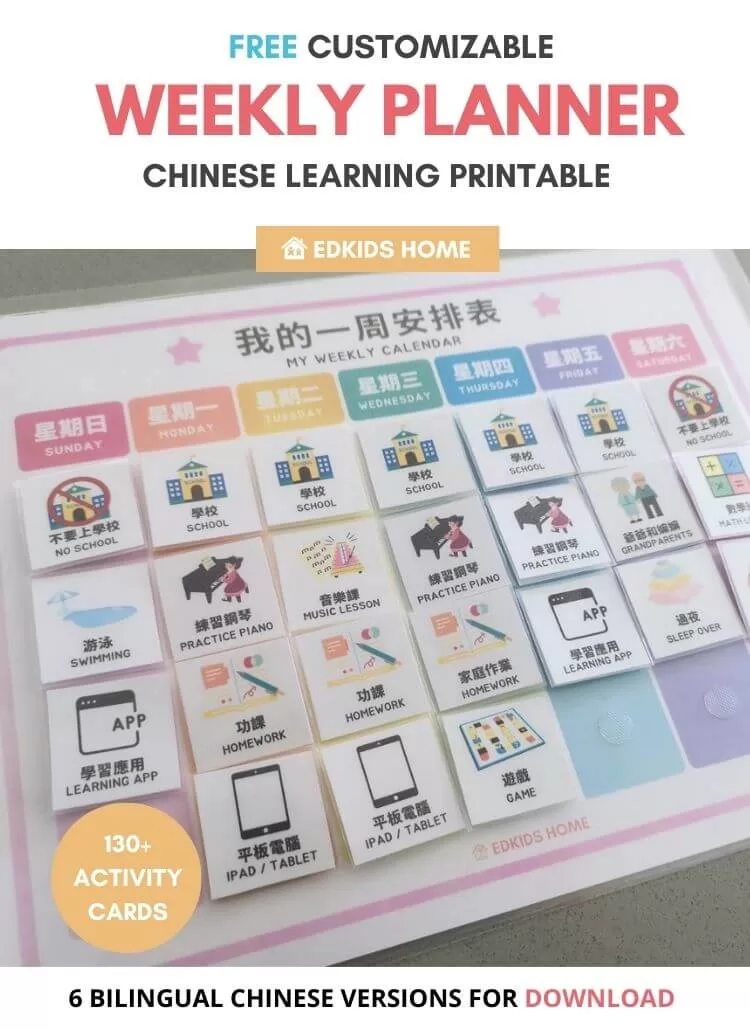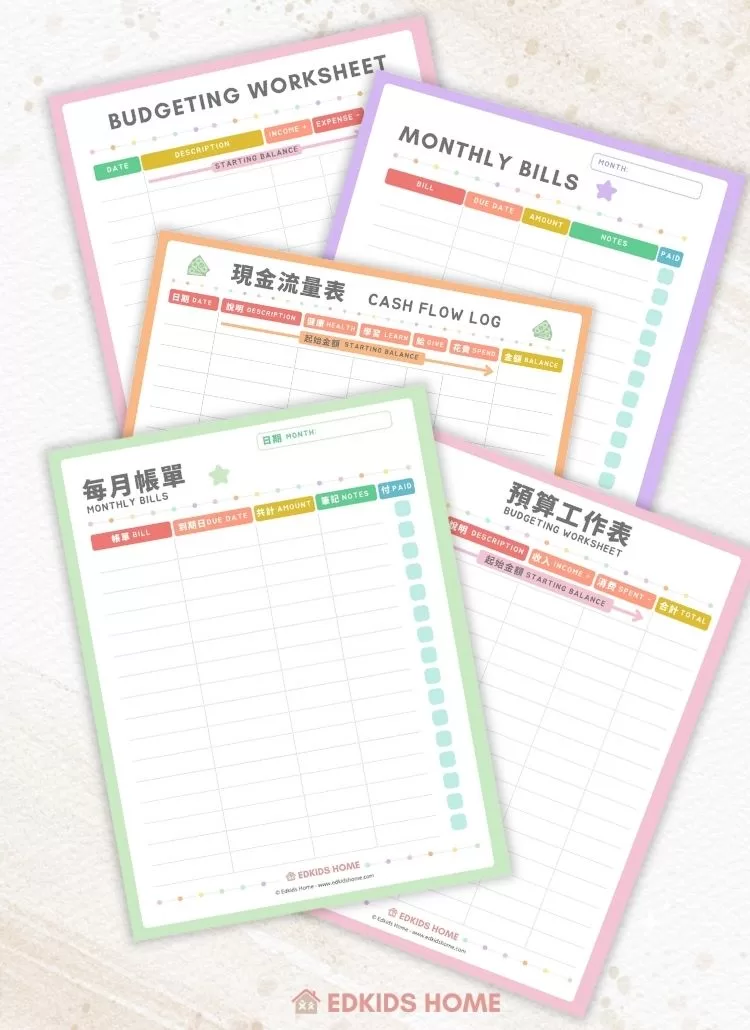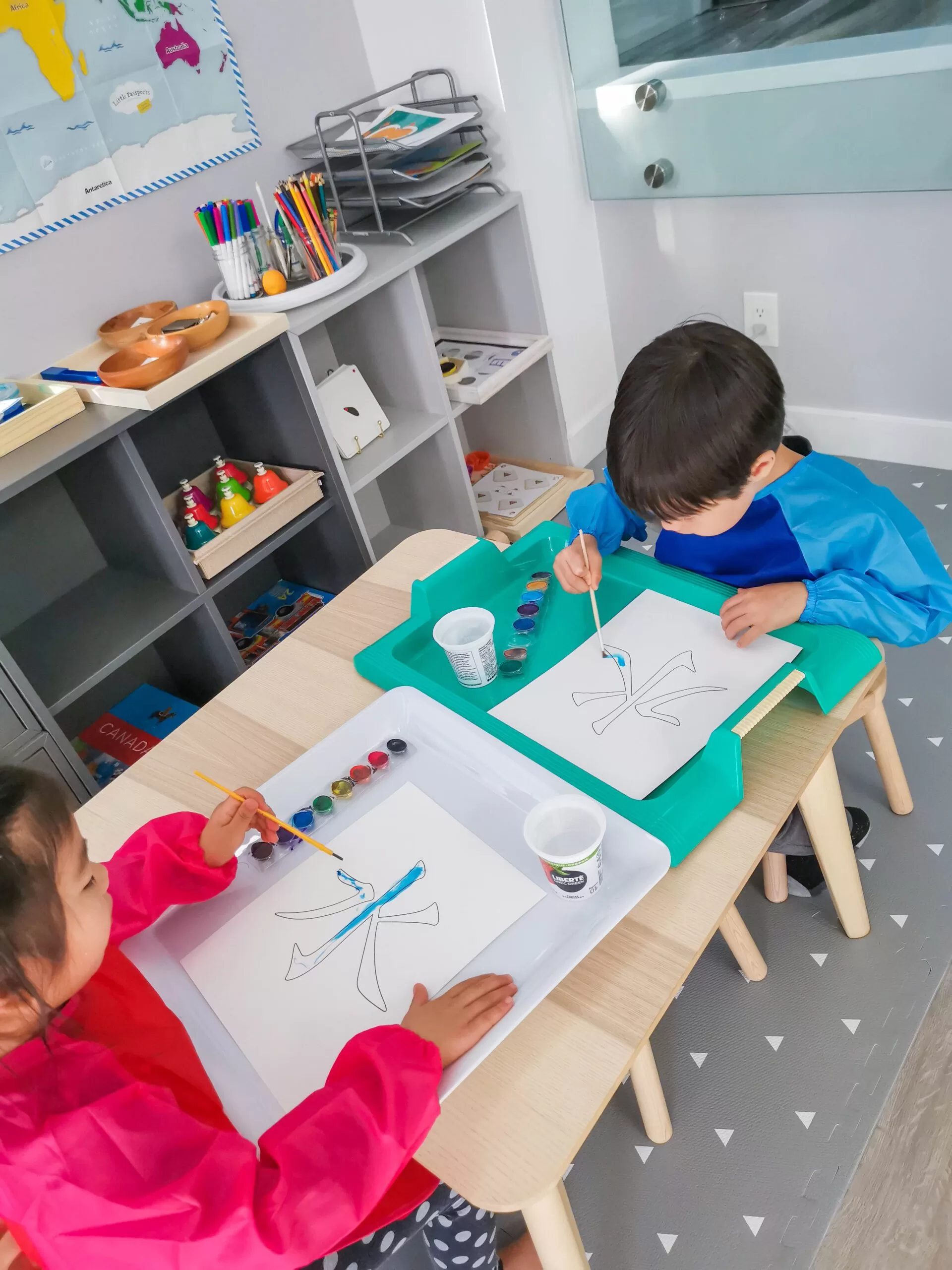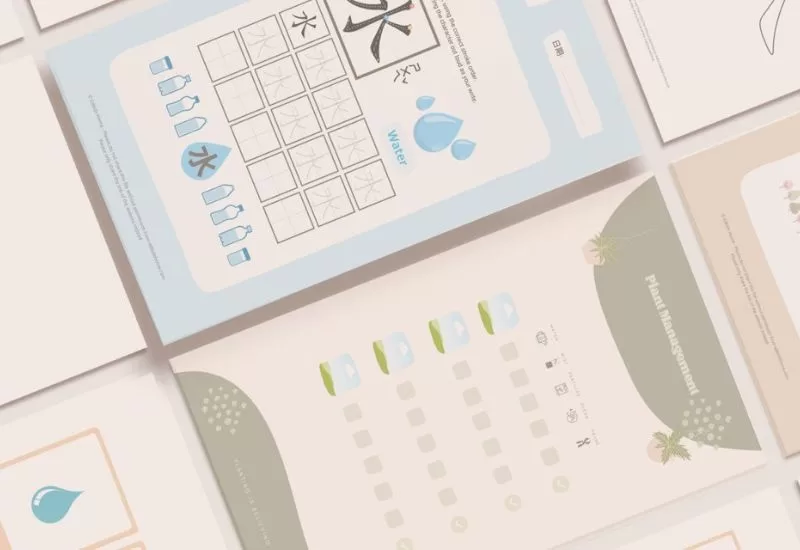Attention: Busy moms, this one is for you!
Age Recommendation: 3 -6 years old
Keeping your children on a schedule can be tricky, but it becomes much easier with an interactive calendar. Creating a calendar is one of the simplest methods to give your kids structure in their daily lives. By seeing what is coming up next, they can prepare themselves better and know what to expect. Using a calendar also eliminates any surprises that may come up during the day.
Children need structure to thrive.
Not only does a calendar help keep your children organized, but it can also help teach them time management and responsibility. They can take on more tasks themselves as they age and feel confident in their abilities.

When my daughter was four years old, I started teaching her about calendars. She had no idea what they were at first.
After we had calendar time daily, she began comprehending the time sequence.
Today, she looks at her calendar every morning to figure out which day it is and which event will take place.
She no longer asks me what we're doing all the time ever since this became a habit, and she gets hyped for future events.
In this blog post, I will walk you through the steps of creating a visual calendar for your children. I will also provide some tips on how to use it effectively!
What is a Calendar?

The first step toward teaching children about the calendar is to ensure that we inform them what a calendar is.
A calendar is a collection of pages that displays one year's days, weeks, and months.
It's a tool that aids us in remembering each day by providing us with a visual.
Why do Children Need to Understand Time and Calendars?
Regular activities might comfort children and adults during difficult and uncertain periods. Children also benefit from knowing what to expect when they engage in their actions and events.
A daily schedule provides children with a certain amount of time. Here are some more advantages of using a calendar for your kids:
- Learning time management
- Feel in control of their surroundings.
- Feel safe, secure, and comfortable.
- Know how to perform an activity or task
- Knowing what is currently going on and what will happen next
How to Set Up an Interactive Calendar With Your Children?
1. Pick a Calendar
Task Frequency: Annual
I bought our Ultimate Family Calendar at Costco. We have been using it for more than two years, and we all love it! The calendar is oversized, so it has lots of writing room.
It also offers lots of stickers to make it more fun! It comes with magnets which you can stick the calendar on your fridge.
Once you have your calendar, decide where you will be hanging or sticking the calendar.
We chose to hang up the calendar on the wall where my children can look at it every day.
Here are some more calendar suggestions:
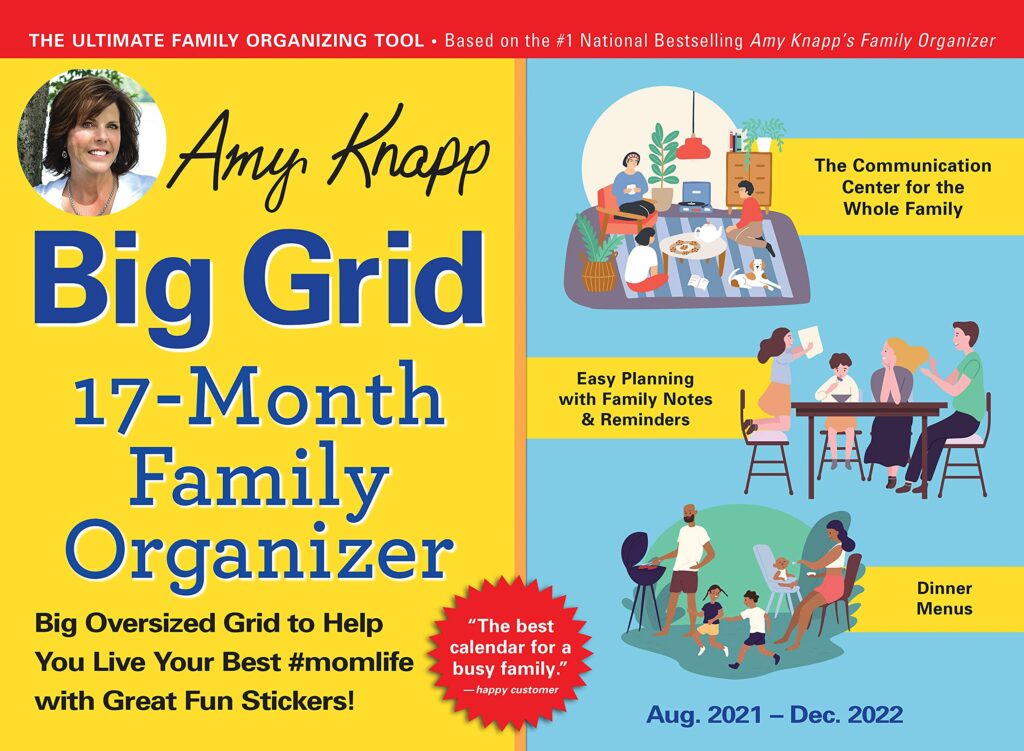
Amy Knapp
Big Grid 17-Month Family Organizer
Get Big Grid Organization for more big family fun with this essential extensive grid wall calendar!

Sandra Boynton
Mom's Family Calendar
The 25-year-old bestseller organizing wall calendar from Sandra Boynton keeps track of the entire family's entrances and departures!

Mary Engelbreit's
Families Can Do Anything!
Keep track of your family’s appointments, practices, school events, lessons, vacations, and more with Mary Engelbreit’s 2021-2022 17-Month Family Wall Calendar.
2. Write Down Events
Task Frequency: Monthly
On the first day of each month, we will gather colored markers or crayons and start writing all the events that occur during that month. You can encourage your older children to write down each event which is an excellent opportunity to practice their writing skills. Some of the events can be:
- Birthdays
- Lessons
- Beginning of the new season
- Appointments
- Playdates or parties
- Vacations
- Other special activities and plans
Note: If this activity is too overwhelming for our children, change the frequency to weekly instead of monthly.
3. Put on Stickers and Draw in Each Day Square
Task Frequency: Monthly
Now it's time to start decorating! Stickers sure add more fun to this activity. Our calendar includes a variety of stickers that can match a specific event. My daughter will also draw for each activity, making the calendar lively and colorful. Let your children be creative since this is their calendar, after all.
4. Write Down Numbers on Color Dot Stickers
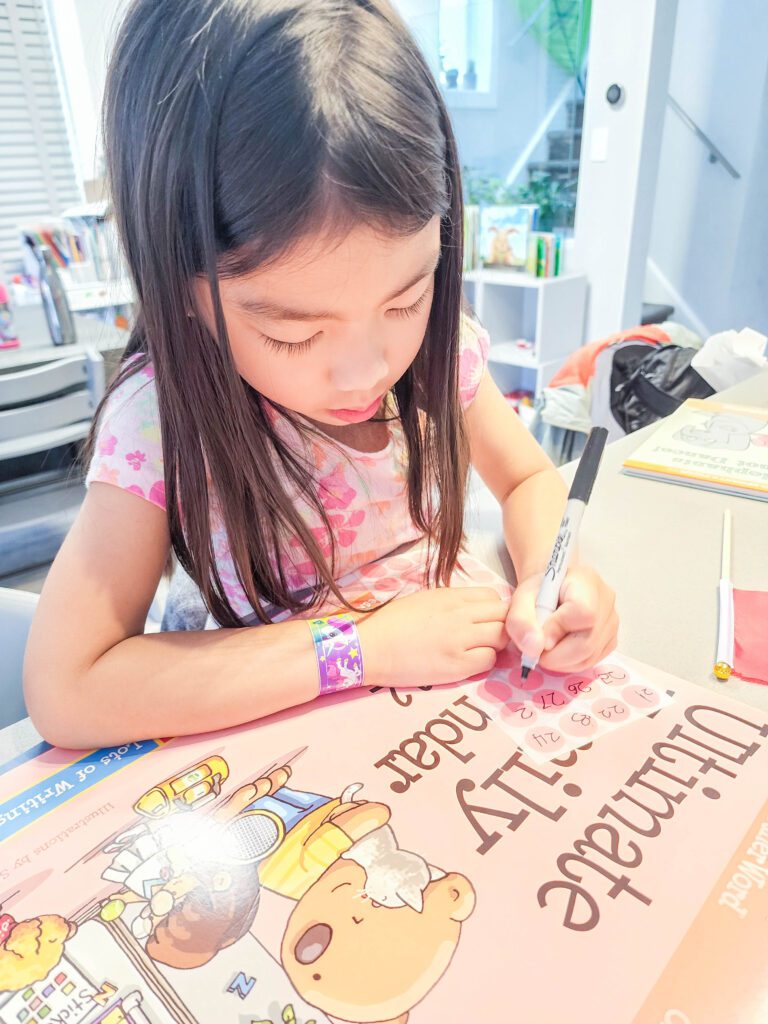
Task Frequency: Monthly
At the beginning of the month, ask your children to write down numbers for the month on each color dot sticker.
For instance, if the month is July, you will get your children to write down numbers from 1-31 on each color dot sticker.
Finally, hang up or stick your calendar on a wall or fridge.
5. Stick a Color Dot Sticker on the Current Day
Task Frequency: Daily
Check it every day with your children to help them get into the habit of using it.
Every morning, my daughter will stick a color dot sticker (prepared in step #4) with a number that will match the current day to indicate which day it is.
This activity is also a great time to ask your children about today's date. Don't forget to add new events as they come up.
6. Ask a Few Calendar Questions
I usually begin by asking her a few calendar questions that relate directly to their lives, such as:
- What are you doing today?
- How many days before your next dentist appointment?
- How many weeks before summer starts?
Tips for Teaching Your Children About Calendars
1. Introduction
Start with a basic understanding of the days of the week and weeks. Here are some examples:
- Tell the kids that there are seven days in a week, and each one is given a name.
- On a calendar, indicate where the names of the weekdays are.
- Tell your children that each square in a column under a day of the week represents one day with that name. For example, all squares under Wednesday are on Wednesday.
2. Squares
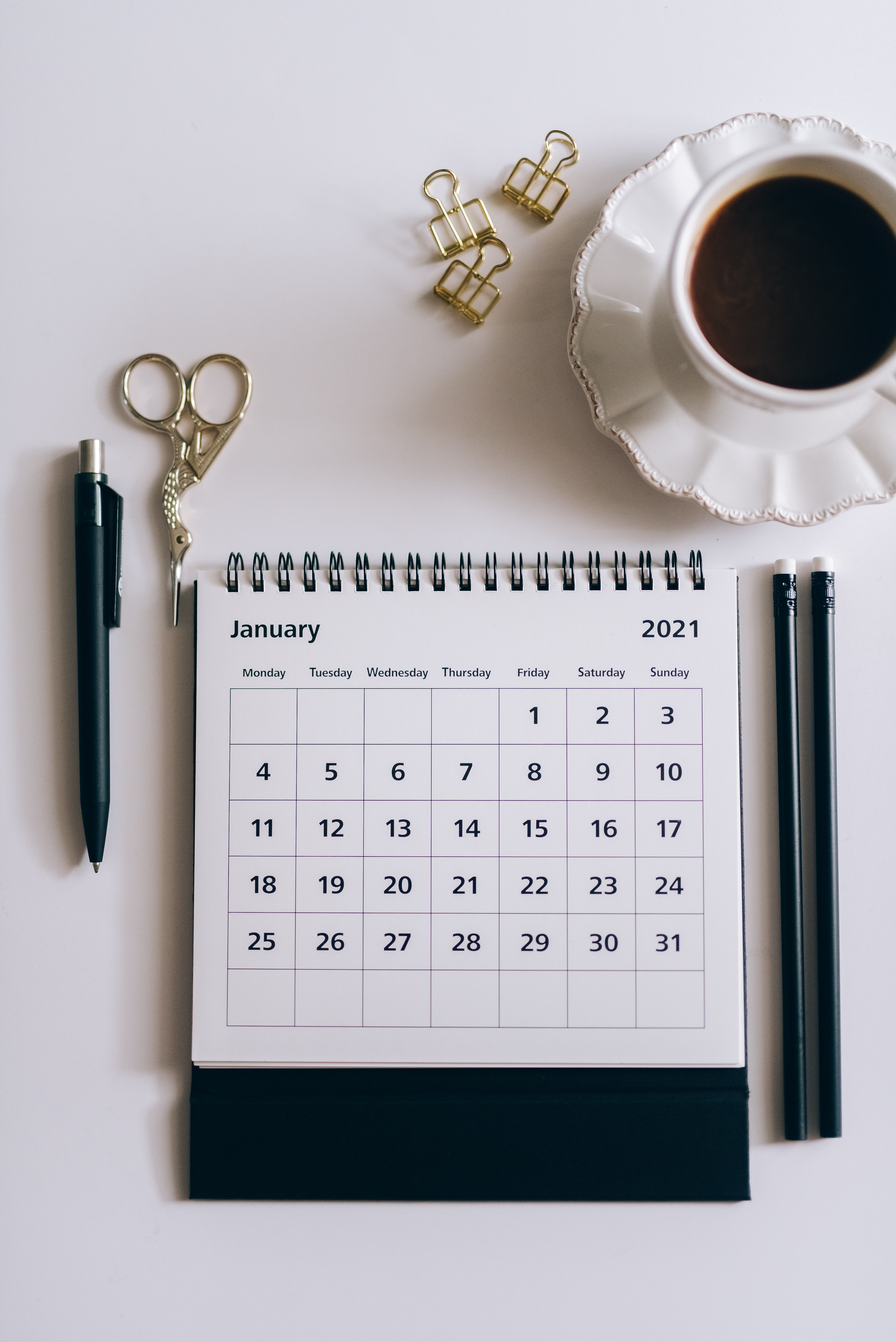
You can also explain that “if we are this day” (pointing to a square), “one week later would be” (pointing to the square underneath).
Ask your children which square would be two or three weeks later. Explain that a square above shows one week ago (in the past), and ask them which square would be two weeks ago or another number of weeks ago.
3. Order of the Days of the Week
It also helps to explain the days of the week in a straightforward manner, such as “Monday, Tuesday, Wednesday, Thursday, Friday, Saturday, and Sunday.”
4. Months
Finally, explain that a month is a group of 30 or 31 days. Each year has 12 months, and after the end of the last month, we go into a new year and start the months back from the beginning.
5. Order of the Months
You can also introduce the order of the months, such as “January, February, March, April, May, June, July, August, September, October, November, December.”
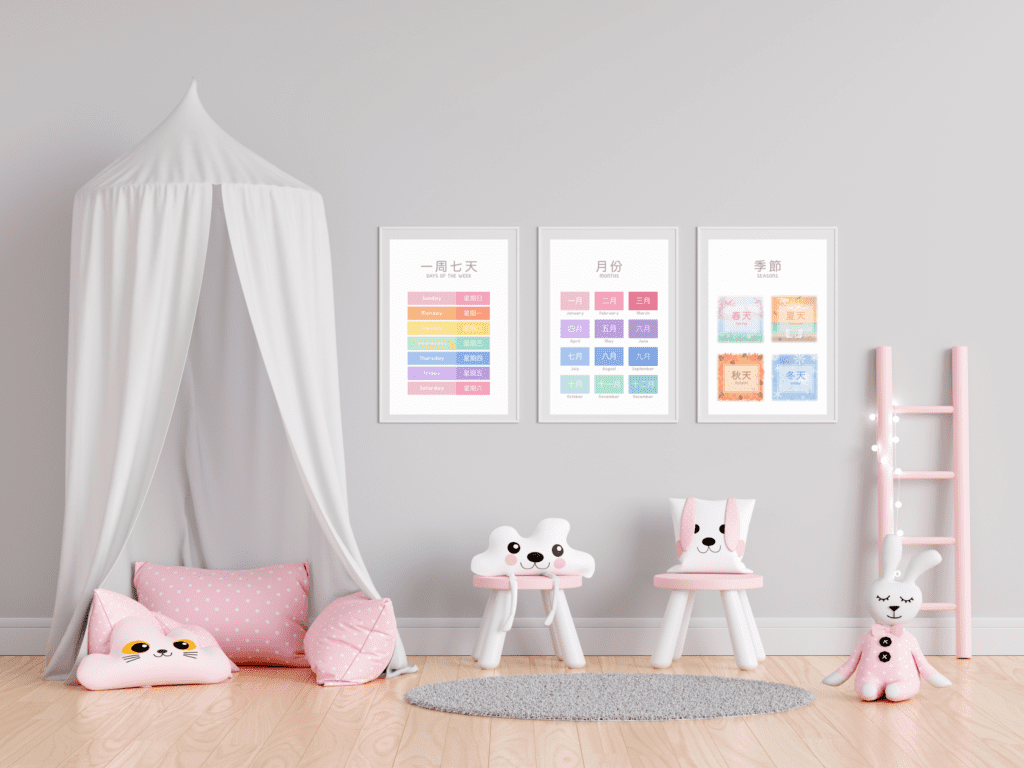
There are a few things you can do to make this process easier for your children:
- Utilize educational posters to help understand the Days of the week, Months, and Seasons of the Year
- Use visual aids such as pictures or videos to help them understand the concept of a calendar
- Try using a daily or weekly planner to help them see how it works
- Be patient and explain things in simple terms. If they still do not understand, try a different method of explanation.
The Last Thing You Need to Know about Creating Interactive Calendars for Your Children
Working together as a family to create a calendar can be fun. Not only will your children learn about time and calendars, but they'll also feel appreciated and involved in the process.
An interactive calendar can help children in a few different ways:
- It encourages independence because your children don't need to come to you asking what to do constantly.
- It helps develop executive functioning skills, such as time management and organization.
- It can help your children stick with a routine, benefiting their overall well-being.
Here are some tips for teaching your children about calendars:
- Make it personal – Include photos of your family, friends, or pets on the calendar. This activity will make it more interesting for your children and help them learn who is important to them.
- Get creative with colors and designs – Have fun decorating the calendar with different colors and designs. This activity will help keep things exciting and make learning about time more enjoyable.
- Use everyday activities as teachable moments – Point out when you're going grocery shopping, taking a walk, or eating dinner. This will help your children understand how time works in their daily routine.
With some planning and creativity, you can make learning about calendars fun for the whole family. What other tips do you have for teaching children about calendars? Please share your thoughts in the comments below!
